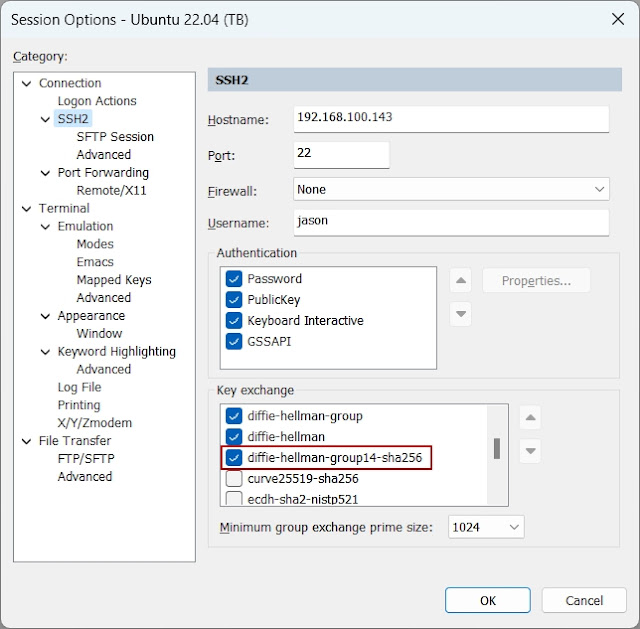Managing FastAPI Projects with Poetry: A Step-by-Step Guide

This guide will walk you through how to use Poetry to manage dependencies and structure your project in FastAPI . It includes detailed explanations of Poetry's core concepts and commands to help prevent issues that can arise during team collaboration and deployment. 1. What is Poetry? Poetry is a dependency management and packaging tool for Python. It goes beyond simply installing libraries by allowing you to clearly declare the dependencies your project needs and ensuring that all developers on the project have the same library versions. Clarity in Dependency Management : Explicitly manage your project's basic information and required libraries through the pyproject.toml file. Reproducible Builds : By locking all dependency versions in the poetry.lock file, it fundamentally prevents "it works on my machine" problems. Integrated Development Environment : It automatically creates and manages isolated virtual environments for each project and handles mo...



Comments
Post a Comment